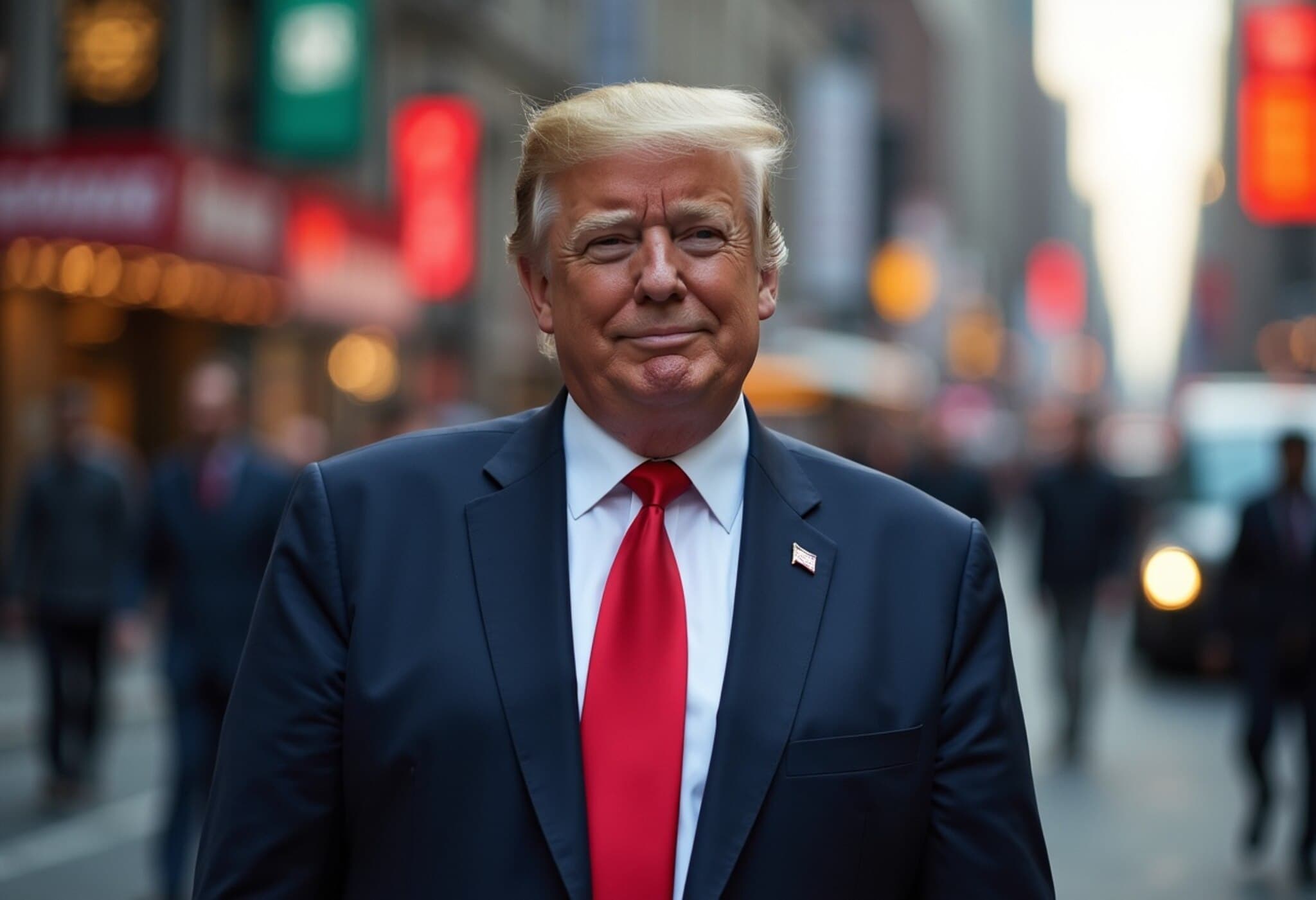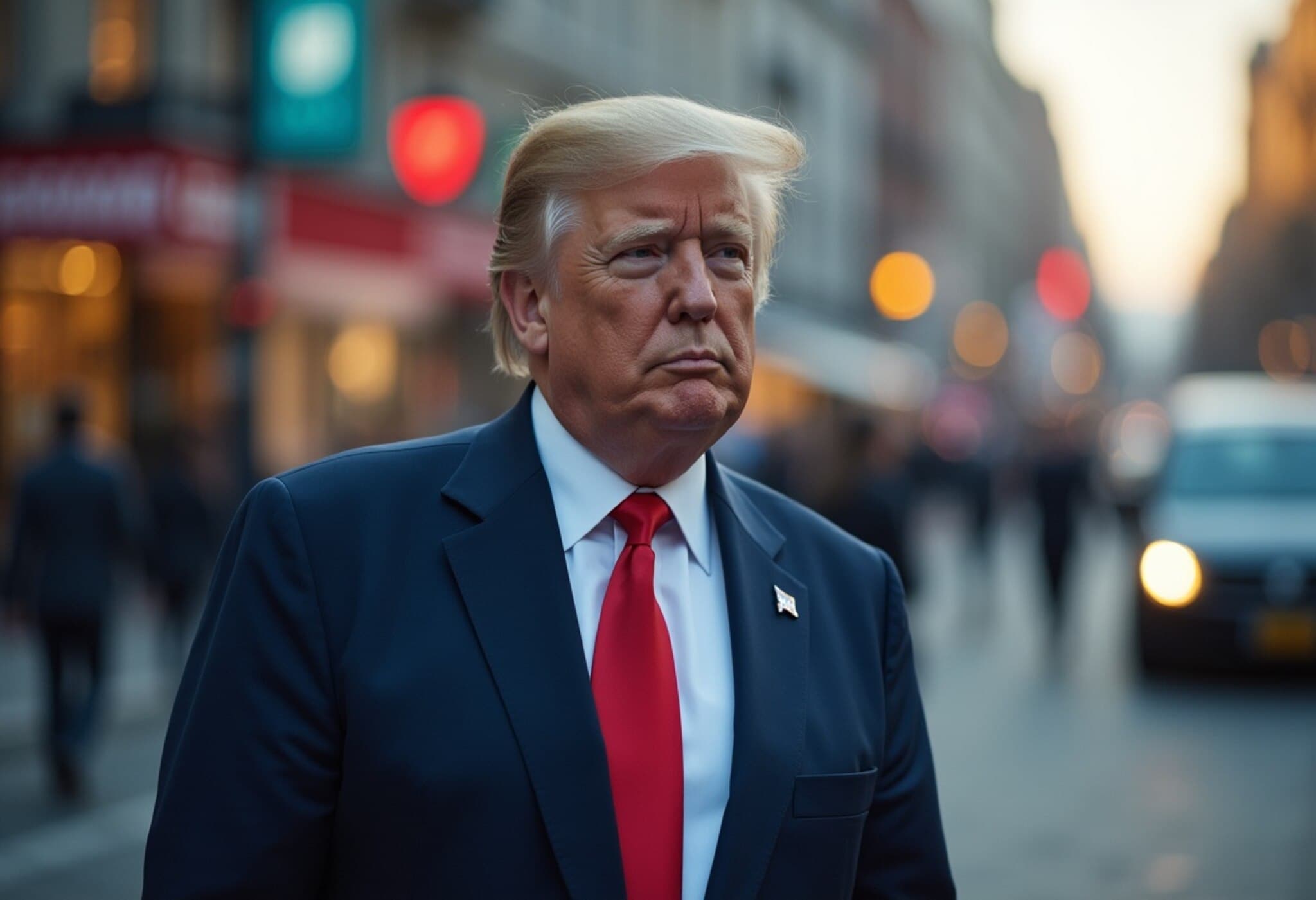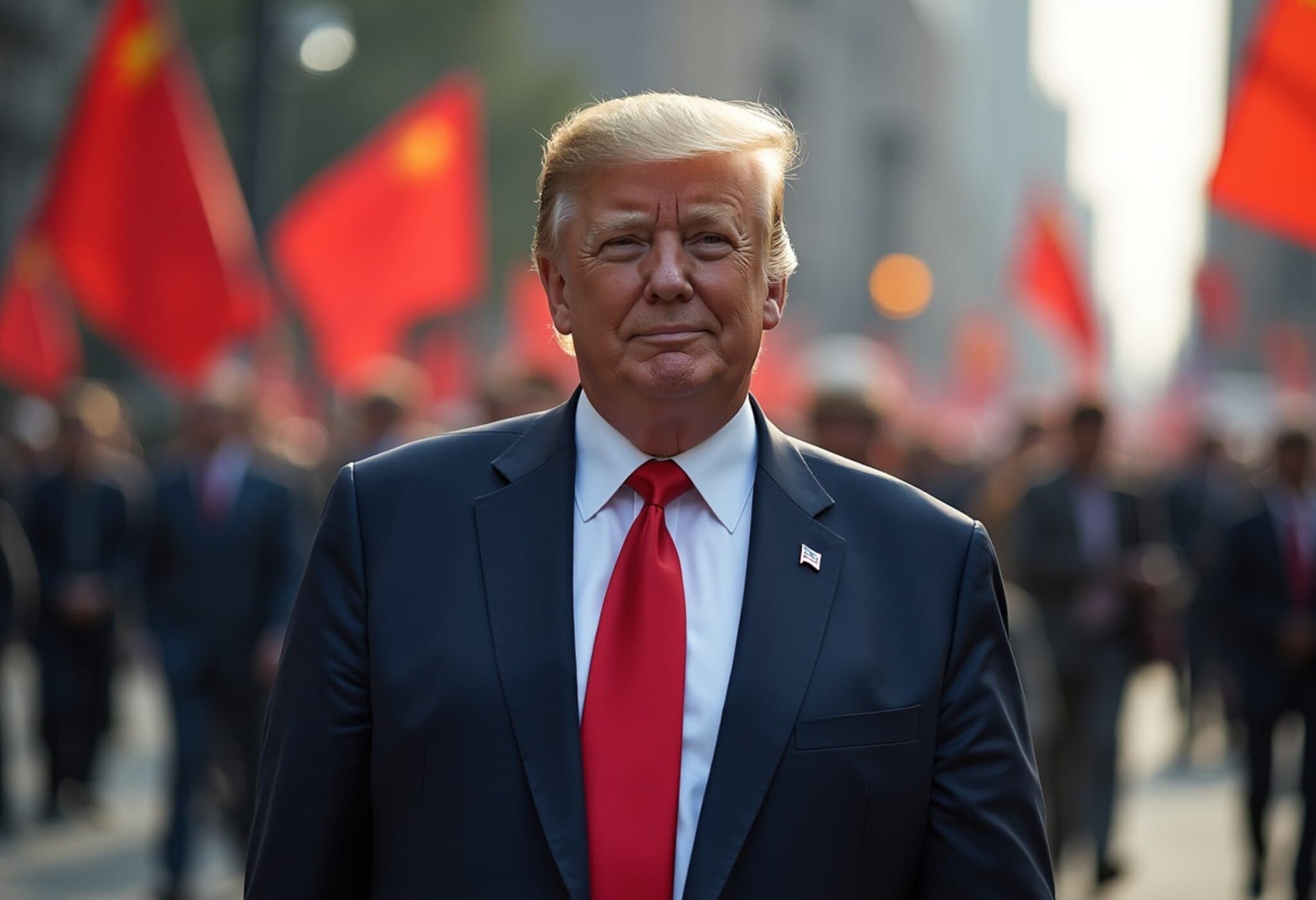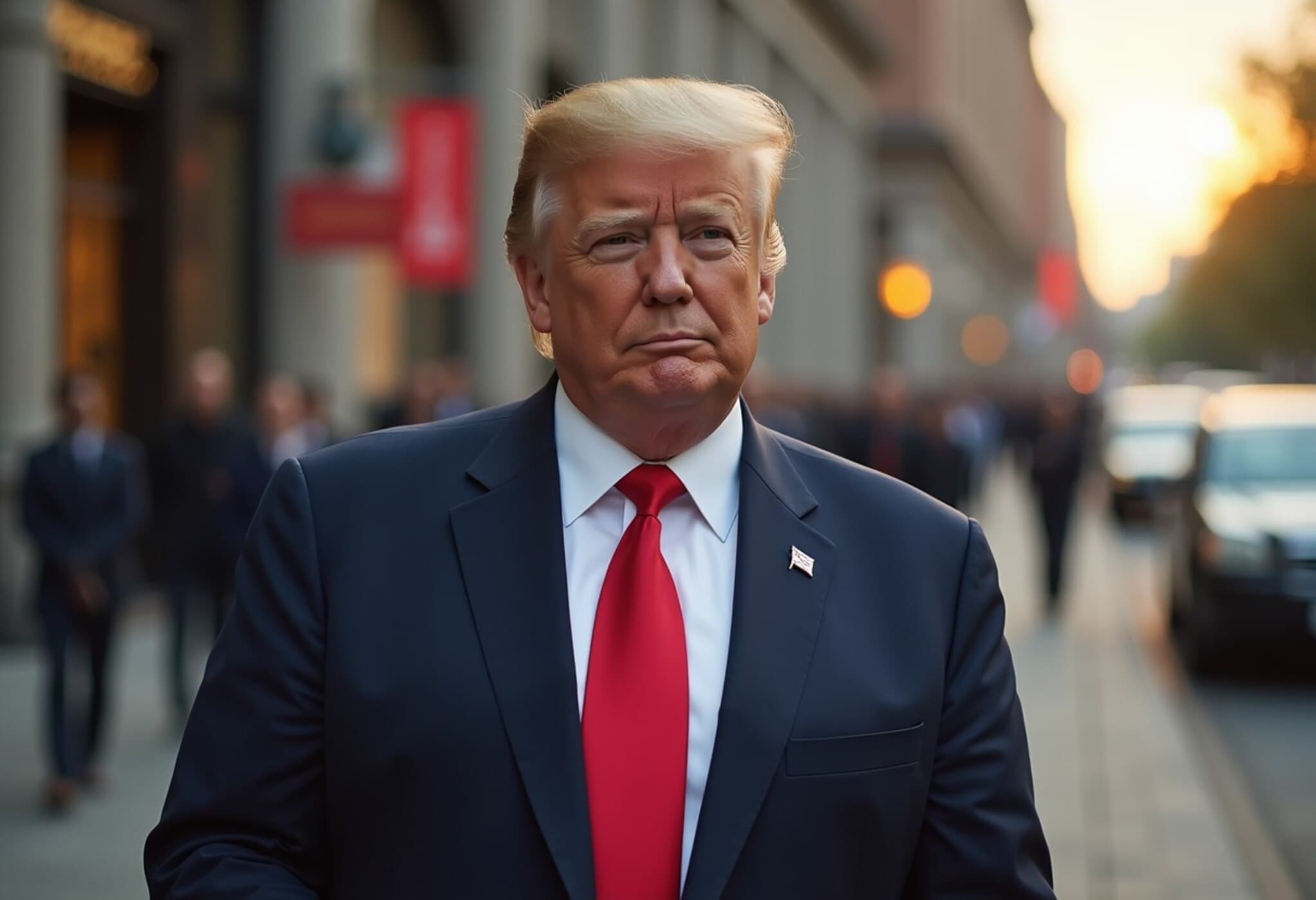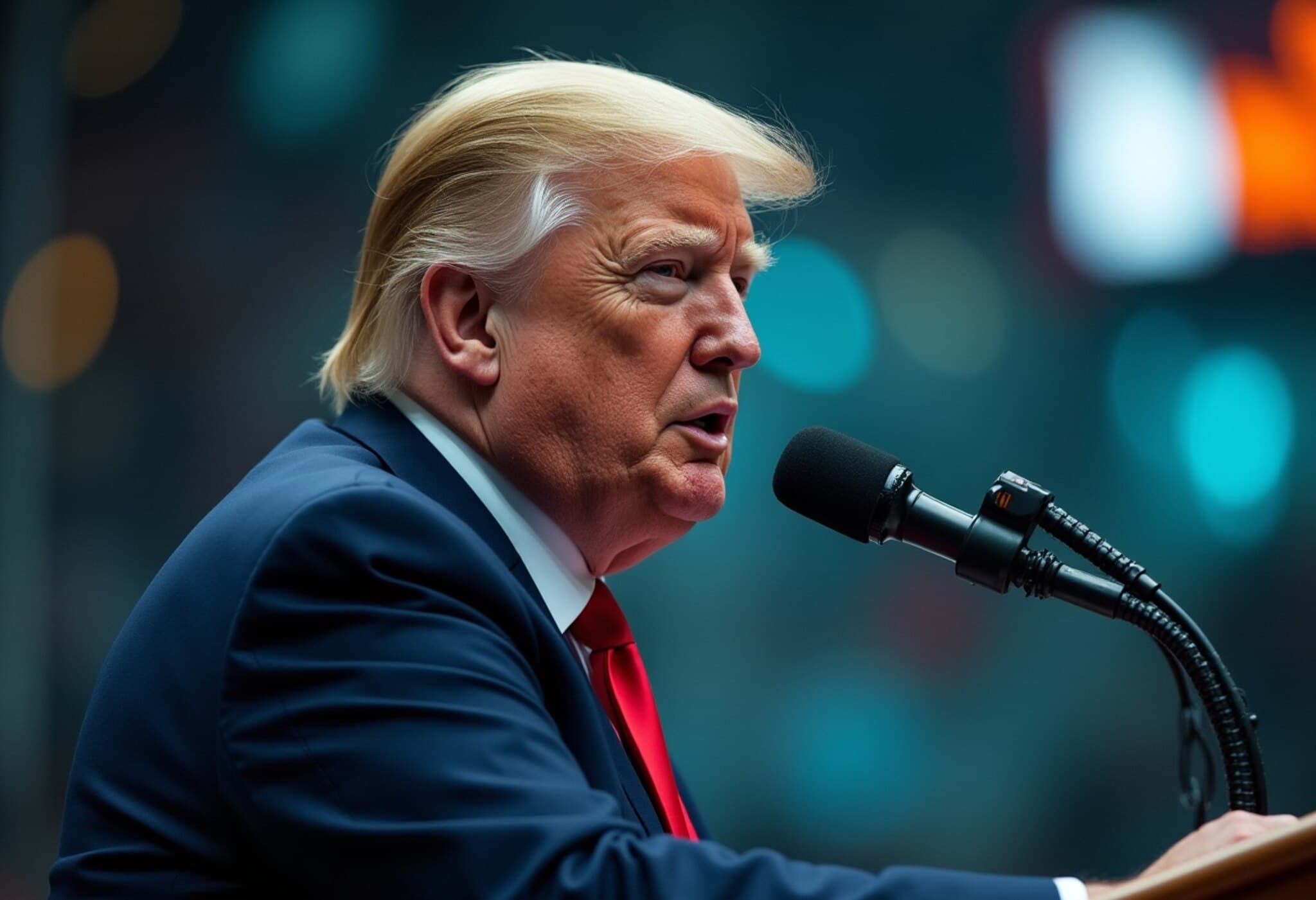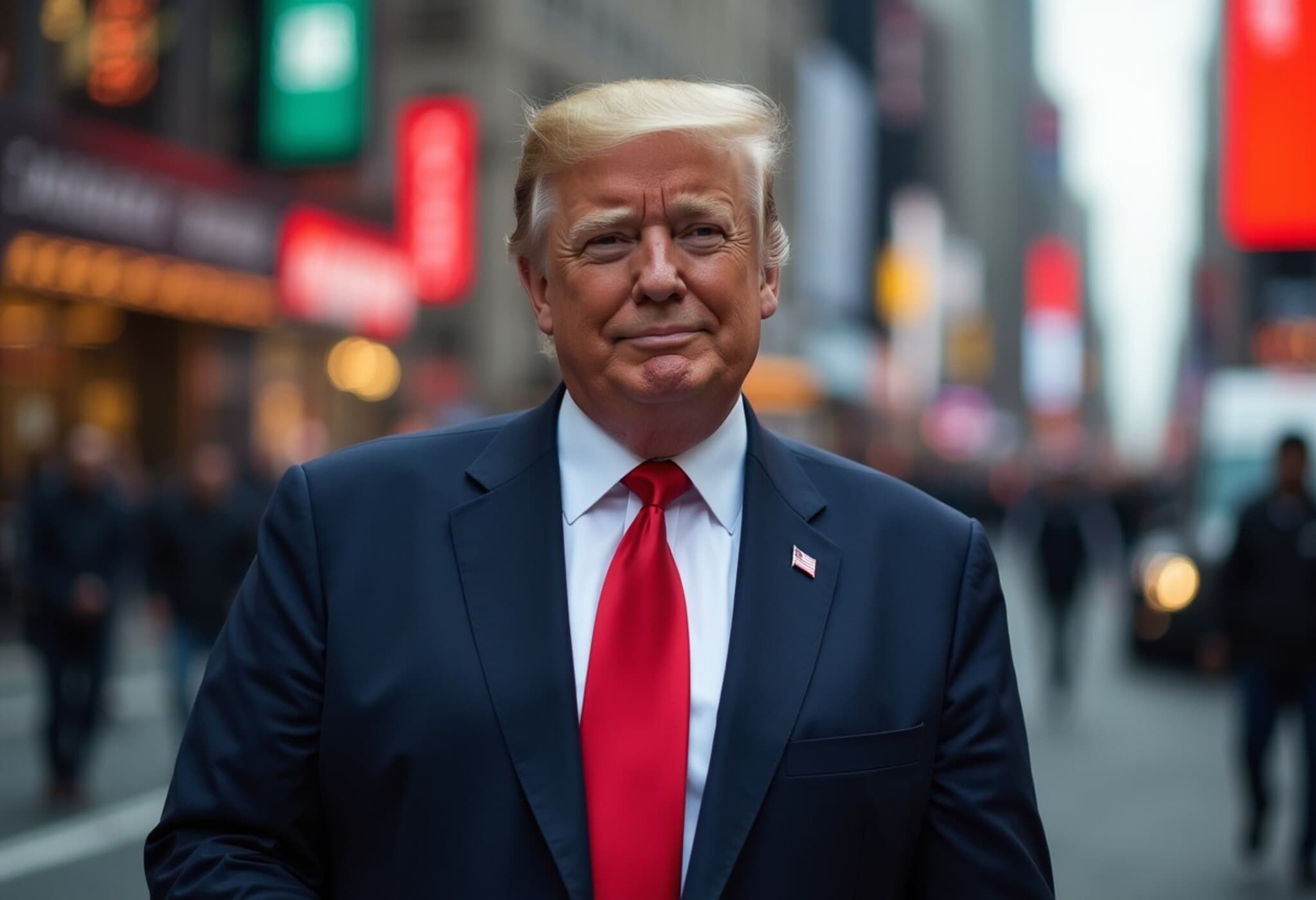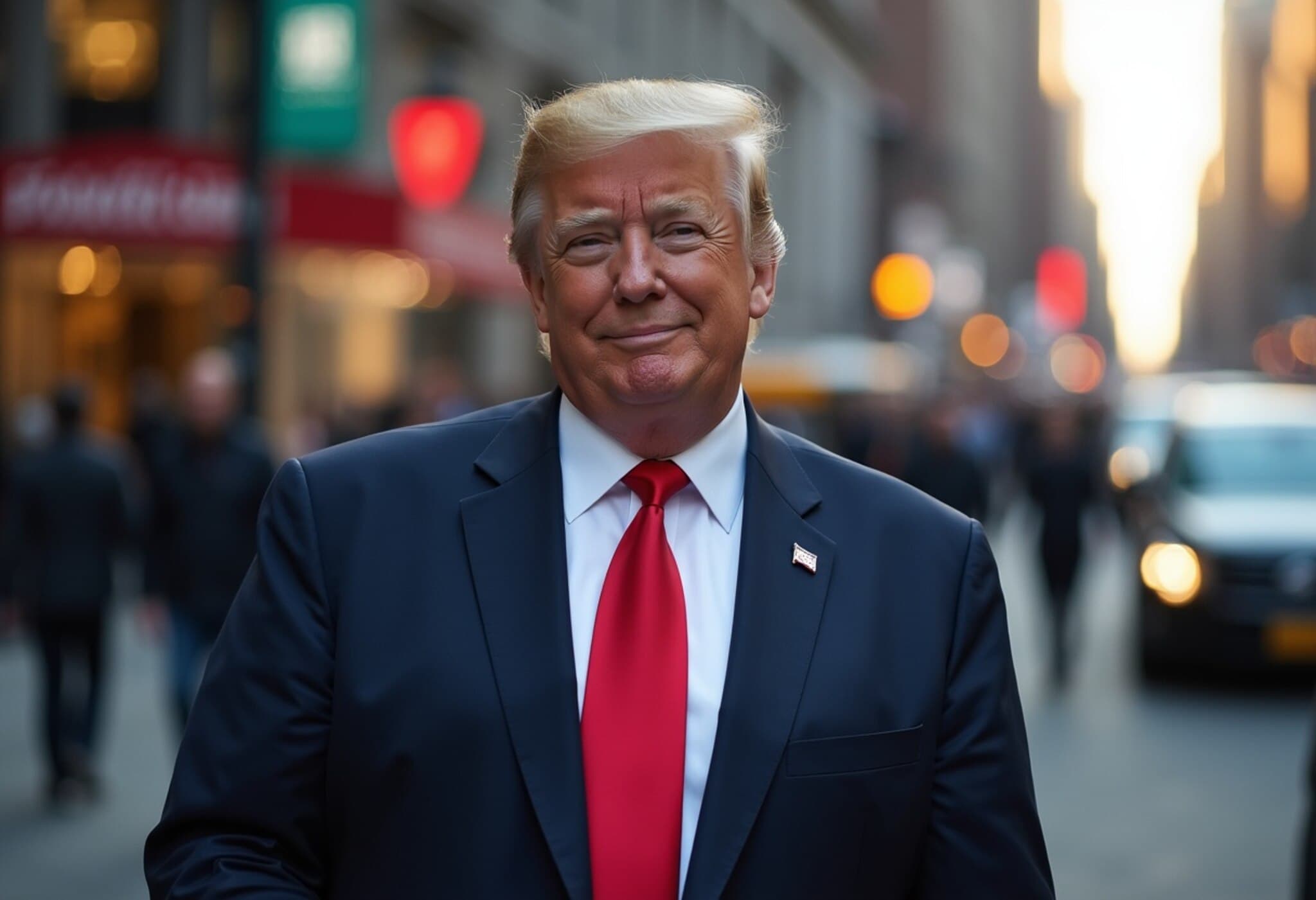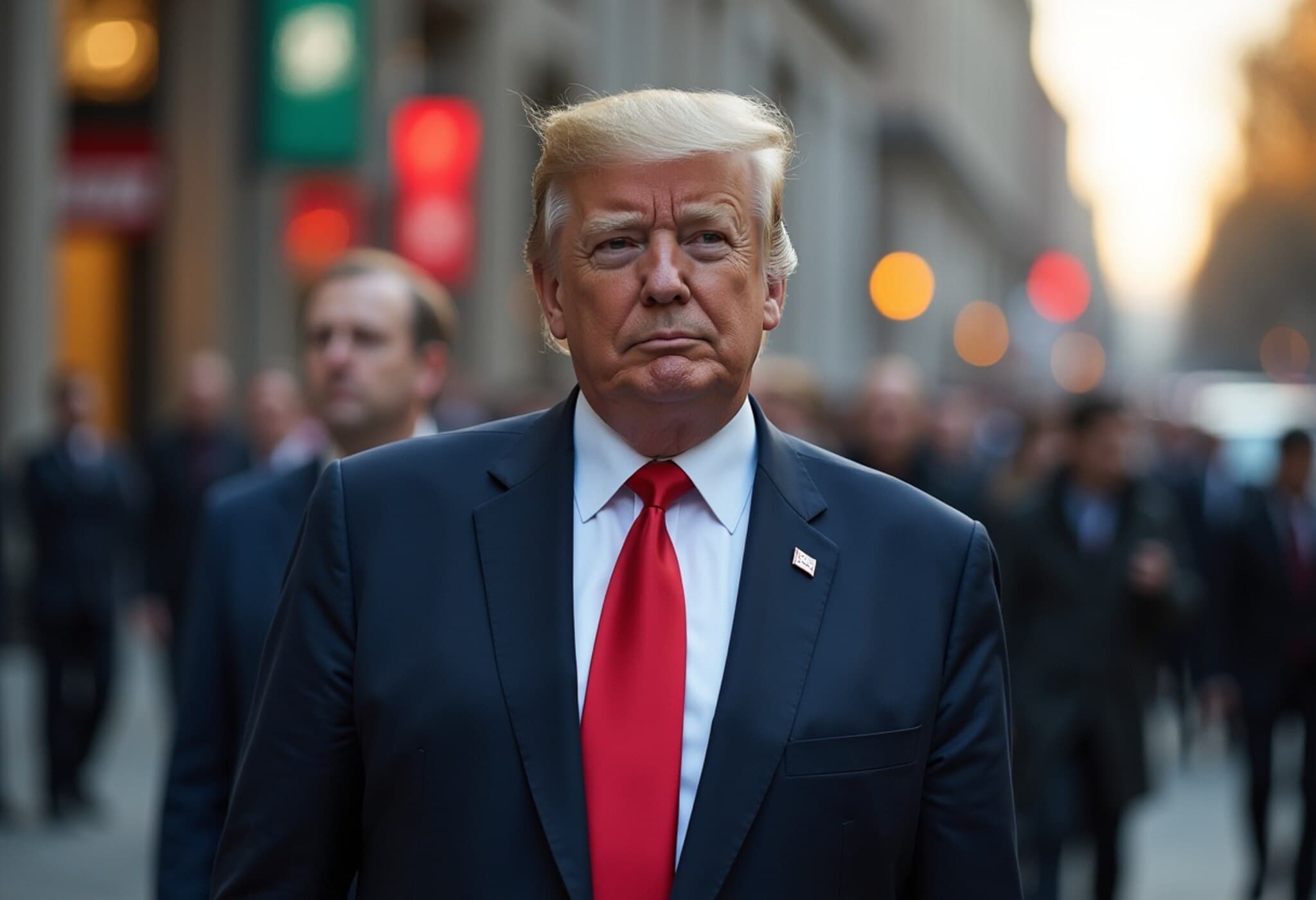US Abolishes De Minimis Rule: A Turning Point for Global Trade and American Buyers
Effective August 29, 2025, the United States has officially ended the de minimis rule for all countries, a policy that previously allowed parcels valued under $800 to enter the US without any tariffs, fees, or duties. This dramatic shift, first targeted at China in May 2025, now extends globally impacting international sellers and American consumers alike.
What Was the De Minimis Rule?
The de minimis rule was a longstanding trade policy designed to streamline customs operations by exempting low-value shipments (under $800) from import taxes. It enabled millions of Americans to purchase affordable goods—ranging from clothing and kitchenware to beauty products—directly from overseas sellers without incurring additional fees. Over the past 35 years, the threshold grew from just $5 to $800, fueling an explosion in cross-border e-commerce.
Trump’s Role: From Targeting China to a Nationwide Shutdown
Initially, President Donald Trump struck at this loophole for China alone, reflecting concerns over trade imbalances and intellectual property issues. On May 2025, he ended the de minimis exemption for Chinese imports. By July 30, 2025, Trump expanded his executive order to eliminate the rule entirely—a sweeping measure affecting all countries.
Global Postal Services Halt Deliveries, E-commerce Faces Disruption
The aftermath has been swift: postal services in around 30 countries have suspended shipments to the US due to uncertainties about processing under the new regulation. This move forces sellers to lean on expensive private carriers like FedEx and UPS, significantly raising shipping costs which sellers must either absorb or transfer to consumers.
- Shipping volumes from China dropped 65% after the initial suspension, according to consumer research expert Ashley Dudarenok.
- A $12 children’s swimsuit imported from Temu now costs roughly $31 after duties—a nearly 3x price increase.
- Overall, imported goods may see price increases ranging from 12-22%, squeezing American consumers.
China’s Dominant Share and Broader Economic Impacts
China accounts for about 60% of all de minimis shipments entering the US, highlighting the magnitude of trade affected. Domestic businesses relying on international supply chains are bracing for increased costs, while consumers, whose purchasing power was bolstered by affordable imports, now face tighter budgets.
Experts Advocate Reform Over Abolition
Economic policy analysts emphasize that while the de minimis system required modernization, a full repeal may be an excessive response. Elena Patel, Co-Director at the Urban-Brookings Tax Policy Center, argues that:
“The de minimis exemption originally aimed to reduce administrative burdens and enhance efficiency in customs. Its recent expansion fueled global e-commerce but also exposed enforcement gaps. Ending it abruptly introduces avoidable economic disruption. A balanced reform—scaling and updating the threshold—is needed to reflect today’s trade realities, preserve efficiencies, and foster fairness.”
Patel calls for interagency collaboration alongside international partners and e-commerce platforms to build a resilient, equitable trade framework that supports innovation and enforcement alike.
What This Means for American Consumers and the Economy
The elimination of the de minimis rule could:
- Drive up prices for everyday goods sourced internationally, hurting consumers sensitive to inflation.
- Encourage supply chain adjustments, with some businesses seeking domestic alternatives or passing extra logistics costs to end customers.
- Create friction in global postal and courier systems, potentially slowing deliveries and increasing administrative backlogs.
- Challenge small foreign sellers who lose competitive edge if unable to absorb additional tariffs or pricey shipping.
Looking Forward: A Trade Policy in Transition
This policy reversal illustrates the tensions between protecting domestic industries and embracing the realities of an interconnected global economy. While designed to ease customs administration, the de minimis rule also became a gateway for affordable globalization. Its wholesale removal raises critical questions:
- Can the US develop a nuanced approach that balances enforcement with trade facilitation in the digital age?
- What safeguards can prevent rising consumer costs from eroding economic growth?
- How will this shift affect US relationships with key trading partners, especially China?
- Will a new framework support smaller businesses and consumers who rely on cross-border e-commerce?
Stakeholders from government, trade, and consumer advocacy groups will need to carefully weigh these questions as the market adjusts to this landmark policy change.
Editor’s Note:
The end of the de minimis rule marks a significant departure in US trade and customs policy with clear and immediate ripple effects. While aimed at tightening control and revenue collection, the move risks unintended consequences for consumer affordability, international relations, and e-commerce innovation. Policymakers face an urgent need to engineer pragmatic reforms that support fair trade while preserving the accessibility and efficiency gained over decades. Readers should watch how ensuing regulatory developments and industry responses will shape global commerce and everyday purchasing power in the months ahead.




